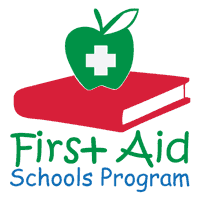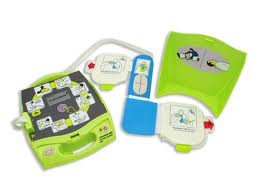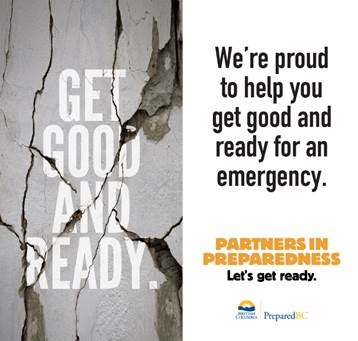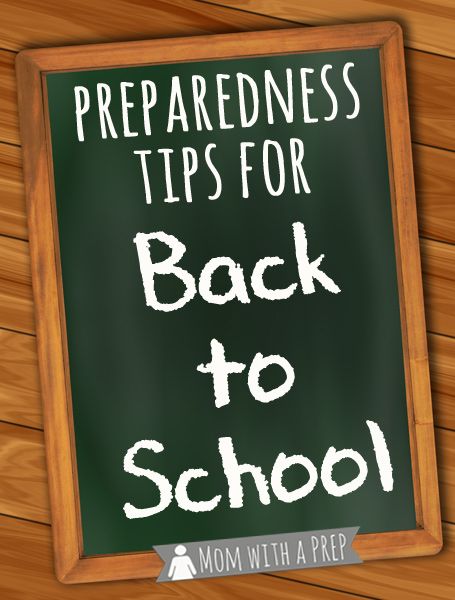
Blog, School
You can’t be everywhere as a teacher or school administrator but you know you can always do more to put the elements in place for more complete school safety. Yes, you figure it takes a special combination of supplies and training. The question is: How do you even begin to know what kind of supplies you might need? Where would those supplies be located and how many of these items is sufficient? What kind of emergency response training does your staff need? Let’s take a quick look at the essentials and then we’ll provide you with an easy way to ensure you’ve checked all the boxes on many of the major safety items and know-how your staff should have in place every day the bell rings.
The First Aid List
WHAT:
Ice packs, gauze pads, adhesive tape, burn aid dressing, disposable nitrile gloves, tweezers, thermometer, bandage scissors, antiseptic wipes, antibiotic ointment, hand sanitizer, bandages, and emergency eyewash.
WHERE:
Don’t make the mistake of putting your first aid items in one location alone, like the school office. Injuries can happen anywhere, after all. So in addition to common areas think about the classrooms that carry a higher degree of risk, such an industrial arts room, science lab or home economics class.
The “No Seconds To Lose” Emergency List
WHAT:
Fire extinguishers, bleeding control kits and Automated External Defibrillators (AEDs).

ZOLL AED
WHERE:
When the hazard is far more serious and carries a life-threatening risk where there’s no time to spare, this is one category of product that you can’t be thin on. Obviously most school facilities will carry a fire extinguisher or two, but the locations may be few and far between. The same is also very true for AEDs – if there is an event of Sudden Cardiac Arrest and the victim has no more than 10 minutes to be resuscitated, having just one AED at the exact opposite end of the school could be a terrible miscalculation. Finally, a bleeding control kit=; complete with tourniquets, gauze and compression bandages is a critical component in responding to traumatic bleeding situations.
The Know-How List
WHAT:
Training on CPR, First Aid and AED operation.
WHERE:
All teachers and school administrators should be trained on the latest methods for how to perform CPR and operate an AED as well as administer first aid. In a way, your people are their own mobile first aid stations everywhere they go throughout the school campus, which means it’s not enough to have a full array of safety-oriented products. Knowing when, where and how to use all of them is key. When combined with the knowledge of how to operate those products and perform key safety procedures, your staff can go a long way toward minimizing degrees of injury or even save a life.
How to Begin
With The SOS School Safety Sweep.
You’ve got plenty on your plate as it is. So how do you handle everything else that’s important for keeping your school running smoothly while bringing in the right supplies and tools for school safety? Don’t worry. SOS Emergency Response Technologies has thought of that with a program designed just for you.
The SOS School Safety Sweep is a thorough yet highly efficient evaluation by one of our safety consultants at your school facility. So you don’t have to struggle to think about where you’re going to place that first aid cabinet or how many AEDs you need or who is and isn’t trained in CPR. After our walk-through of your facility and school campus, we’ll take care of the recommendations for you. And when it comes to all the essential safety training, we can bring your staff up to speed with interactive sessions that they can easily fit into their schedule.
Make better school safety a top priority this year and schedule an SOS School Safety Sweep today. Call SOS at 604-277-5855
Blog
SOS Emergency Response Technologies has joined the Partners in Preparedness campaign with PreparedBC. Our hope is to make it easier for you to get ready for an emergency by helping you understand what should be in an emergency kit and make it easy for you to have access to supplies. If there was a major emergency in BC would you know what to do? Would you be prepared? Experts recommend that all families have a minimum of 72 hours of supplies on hand and be able to manage without power or water for that period of time.

Some key items to have on hand: Emergency Food Rations, Emergency Water (minimum shelf life 5 years), communication devices (think hand-crank or solar), blankets for warmth, first aid supplies, sanitation supplies, cash, walking shoes, & duct tape.
School and PACs fundraising Tired of the same old fundraisers? PACS, Daycares, sports teams, dance schools and more have all had success with our Earthquake Kit fundraising program. Prepare your families & help your community be ready for ANY emergency and raise up to $19/kit bought for your PAC and/or club. Call 604.277.5855.
Workplace Purchase Programs Do you want to provide your staff with an opportunity to purchase Earthquake Kits for personal use at wholesale prices? Let your staff know you want to help them be prepared for ANY emergency when they are away from the office. SOS Emergency Response Technologies has a great purchase program that includes free delivery to the workplace. Call 604.277.5855.

Blog
Every year at this time of year we hear from schools, daycares and parents inquiring about what should be in a comfort kit. Ensuring your child has what they need in the event of an emergency does not need to be overwhelming, costly or time consuming. However, it is of the upmost importance that their comfort kit does not exist of granola bars and apple juice. After all, who wants to deal with a hyped up sugar kid in an emergency situation. Comfort kits can be used in any emergency situation. Power outage, evacuation, flood and even an earthquake. Currently, daycares and elementary schools request that parents provide kits but increasingly high school students should be prepared as well (my daughter high-school was on lock-down for 7 hours 2 years ago). High school students can leave their comfort kit in their locker or carry it in their backpack. Alternatively, PAC’s can encourage high-schools to store these kits in the homeroom classroom.
The SOS 72 hour Child Comfort Kit has everything your child needs in a Ziploc bag:
- Emergency Food Rations
- Emergency water packages
- 12hr emergency light stick
- Solar blanket
- poncho
Blog

Back to School Safety and Planning for Emergencies
Now is a good time to review back-to-school safety with your children and check school safety policies. Here are four tips for a safe return to school:
- Review your family emergency plan and check emergency kit supplies
Sit down with your children to talk about different kinds of emergencies and review your family emergency plan. Talk about what to do and where you will meet if you are not together when an emergency takes place. Involve your children in preparing an emergency kit or checking your emergency supplies to make sure you have key items on hand and check expiry dates on batteries and food.
- Be aware of school emergency procedures Make sure you read information from the school about their plan for emergencies, emergency procedures and alternate locations should an emergency take place. Also be sure to check that the school has current emergency contact information for your children, including work, mobile and home telephone numbers.
- Watch for children walking, cycling and coming off school buses
Children are small and easily distracted, and for drivers, this can create dangerous situations on the roads. Be vigilant and alert behind the wheel, especially in school zones. You never know when a small child might step out from between parked cars or off a sidewalk. And parents, take time to remind your children about crossing the street safely, wearing a helmet while cycling, and staying safe on buses.
- Obey crossing guards A crossing guard is there to keep children safe. If you come up to a set of lights while driving, and the light turns green, but the crossing guard still says stop, follow his/her direction and not the traffic light. There might be a child still crossing the street that you can’t see.
Back to School FUNDraising
Tired of the same old fundraisers? In British Columbia, all levels of government recommend that EVERY family should be self sufficient for a minimum of 72 hours in case of ANY emergency. Have your PAC committee sell 72 hour emergency preparedness kits and get YOUR community PREPARED and earn up to $14 for EVERY kit purchased. Call today 604.277.5855 x. 221





